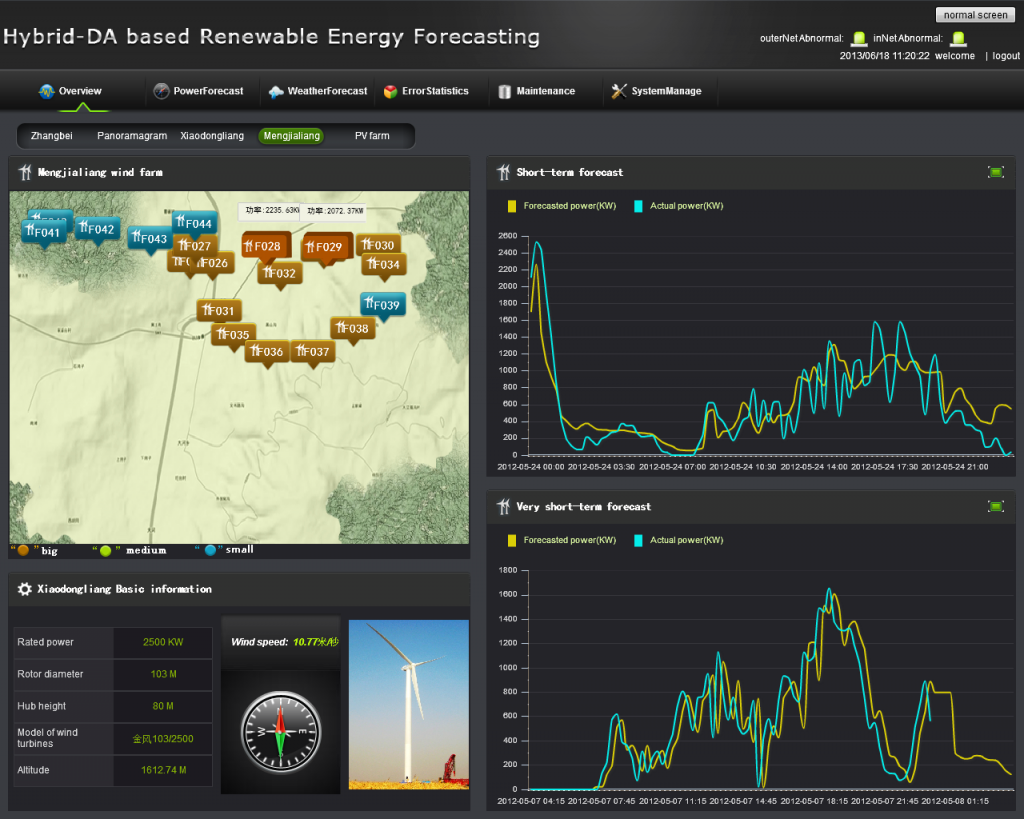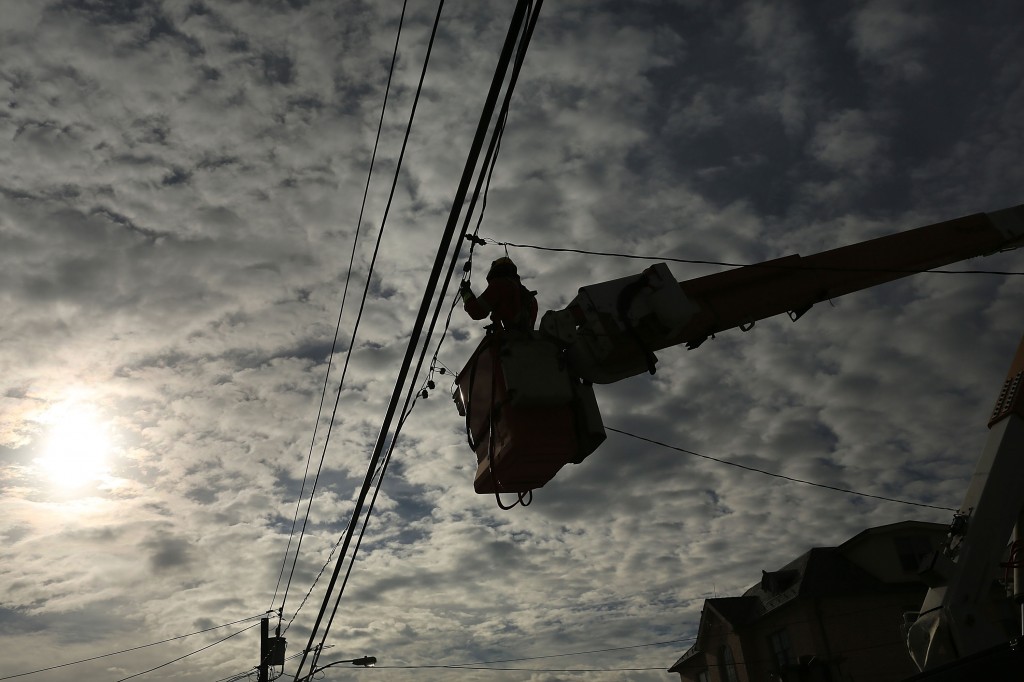The unpredictability of renewable energy sources like wind and solar creates reliability challenges for utilities seeking to balance power supply and demand across centralized grid networks. Policies compelling energy providers to incorporate more renewable energy into their portfolios make the challenge more urgent, but also create business opportunities for companies finding solutions. Those who crack… Keep reading →
Big Data
Sign up and get Breaking Energy news in your inbox.
We will never sell or share your information without your consent. See our privacy policy.Utilities are just beginning to utilize the advanced data monitoring, recording, and event reporting capabilities of smart meters. Around the world, new government mandates and stimulus funding have catalyzed the deployment of smart meters. In the U.S. alone, $3.4 billion allocated from American Recovery and Reinvestment Act funding will be used to facilitate the installation… Keep reading →
The New York Energy Data Jam brings together business leaders, entrepreneurs, state and federal officials, academics and investors to brainstorm new ways to use the government’s open data to solve pressing energy problems. Participants at the event, located at Google’s New York office, breakout into groups in a fast-paced brainstorming session to come up with… Keep reading →
Arbitrage opportunities created by wide disparities between peak and off-peak power prices can offer strong returns, but data transparency is the key to capitalizing on those opportunities, said speakers at New York Energy Week’s Energy Data Jam, hosted by Google. Genscape has made a business of amassing and analyzing energy data, and “where that data… Keep reading →
In case you missed them, here are some highlights from Breaking Energy this week. Video games and social media have figured prominently in our coverage. Video games could be a recruiting tool to draw new talent to oil and gas. Maersk has developed an exploration and development video game that challenges players to find,… Keep reading →

Power markets have always been a complex proposition, perhaps especially so in the places where they could do the most good. How to price the creation and delivery of a commodity that can’t be stored, is technologically complex to ship and often dirty to create where it isn’t unreliable?
Transmission is the central component of the traditional power market. The lines and towers are the only thing that can make power flow from lower priced areas to higher priced areas, and as part of managing access the administrators of these markets have begun to charge for Congestion Revenue Rights. In California, those CRRs have become a major market, with banks, trading houses and power marketing firms all getting in on the action since trading began in 2009. Keep reading →

When Austin Energy put out a request for proposal for a new advanced distribution management system (ADMS) in early 2012, the Texas utility compiled more than 4,200 requirements that the vendor would have meet to win the contract.
The project will involve a combined outage management and distribution management system and also a SCADA system specifically for the distribution system, something that Austin did not already have. Keep reading →

The promise of smart grid has long been a closer and two-directional link between energy customers and providers. It has been the promise of an end to the decades of opaque or confusing bills arriving in the mail, an end to the lights and heat coming on or not in a kind of perceived magic only dimly related to real world assets like power plants, energy market regulations or natural gas wells.
The first generation of smart meters, now nearing a decade in age, seemed predicated on the idea that the next step in the evolution of the power consumer was a fascination about energy supply and consumption. Customers would become as obsessed with saving money and tracking usage as their suppliers were, or as they’d been proved to be in other market situations like grocery shopping. That didn’t transpire to be the case, and the high-touch, human-led information processing of the first generation of smart grid failed to have the desired impacts on usage or market transparency. Keep reading →

Are DOE’s most effective problem solvers outside the Department itself?
In the fall of 2011, the Department of Energy’s Inspector General issued a sobering report calling for a major restructuring of operations. Keep reading →

In the popular imagination, New York City is dominated by finance, media and other professional jobs of the kind likely to feature in glossy television shows. But the steady departure of manufacturing jobs that once employed many of the city’s residents has been embraced by city leaders as a challenge they can meet by leveraging access to the centers of commerce, education and technology for which the city is famous.
New York has traditionally ceded energy and cleantech leadership to other places, notably Houston and San Francisco, but is increasingly building public support for clean energy companies and projects that can replace its traditional manufacturing base and diversify the city’s economy. Hard on the heels of Governor Cuomo’s announcement of a billion-dollar Green Bank to underpin infrastructure development, the New York City Economic Development Corporation says it will open a new NYC Clean Technology Entrepreneur Center. Keep reading →





